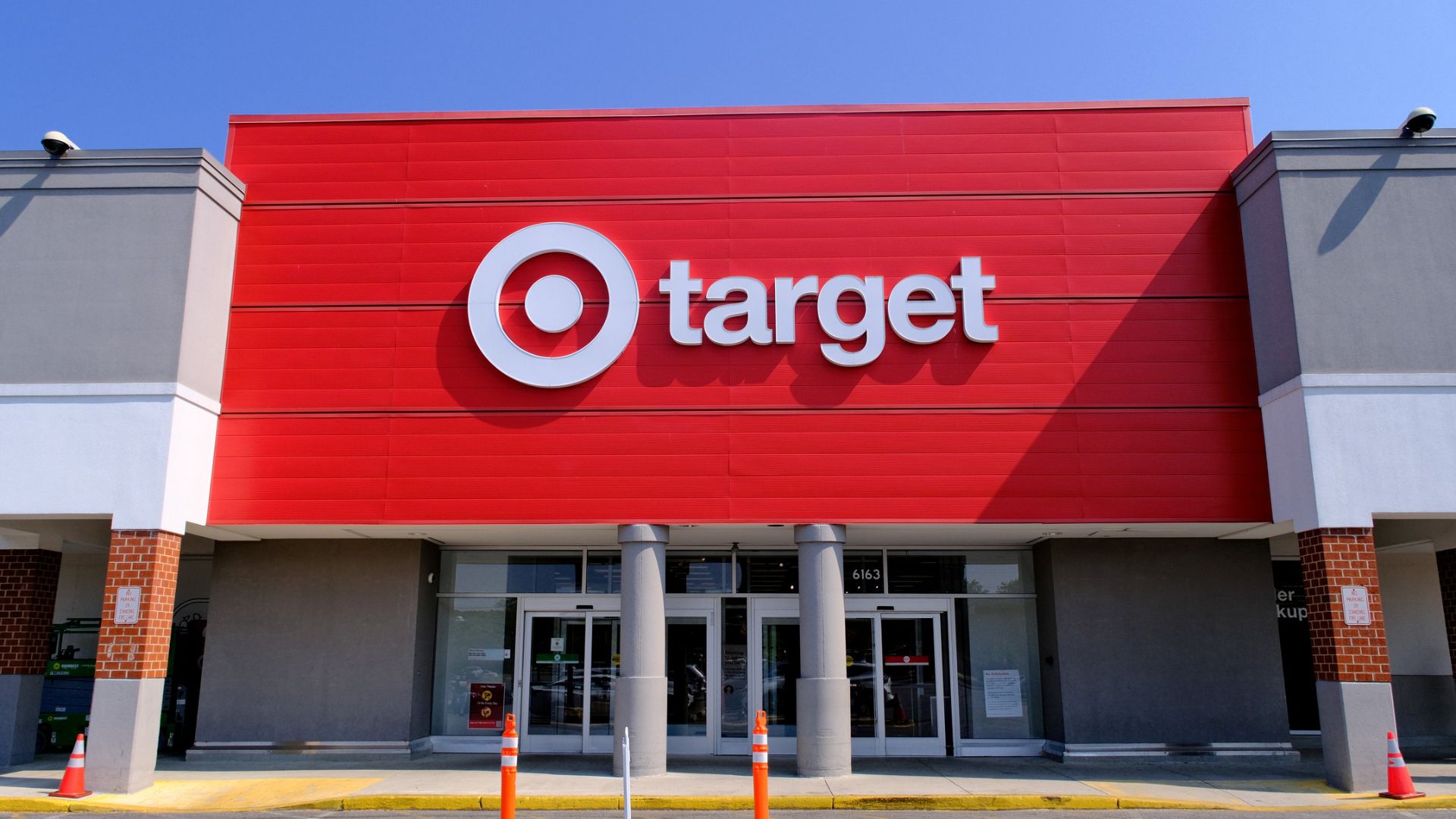
You walk into Target for paper towels and somehow you’re leaving with new throw pillows, a seasonal candle, a shirt you didn’t plan to buy, and a receipt that’s $120 longer than expected. Sound familiar?
This phenomenon is so common, it has a name: The Target Effect. It’s the way Target’s store design, pricing strategy and marketing psychology work together to make you buy more than you intended. They’re not just selling products. Rather, they’re selling a shopping experience that subtly encourages you to linger, browse and spend.
Check Out: 4 Items With Greater Value at Dollar Tree Than Target
Read More: 10 Cars That Outlast the Average Vehicle
Here’s how Target gets inside your head, and the simple ways you can shop smart and beat their game.
1. The Gruen Effect: How Target Gets You To Lose Track of Time
Target’s layout is designed to overwhelm your senses and make you forget your original mission. This is a retail tactic called the Gruen Effect, named after architect Victor Gruen, who designed the first shopping mall in 1956. His idea? Create a sensory-rich environment where shoppers lose their sense of time and purpose.
At Target, that means wide, bright aisles, warm lighting, and perfectly curated displays. You stop for one item, but the open layout makes it easy to wander, and the longer you stay, the more likely you are to fill your cart.
Beat the system: Make a list before you walk in and stick to it. If possible, time your trip so you have somewhere to be afterward, forcing you to shop with urgency.
Try This: 9 Back-to-School Items To Buy at Dollar Tree for Parents on a Tight Budget
2. The Welcome Experience: Starting With a Mood Boost
From the second you walk in, Target is setting the tone. That bold red logo isn’t just a branding choice. Studies show the color red can trigger urgency and impulse buying. Add in the Starbucks near the entrance and you’ve got an instant mood booster. The smell of coffee, the caffeine hit and the sense of comfort all work together to make you feel more relaxed and ready to shop.
Beat the system: If you love the idea of sipping coffee while shopping, bring your own drink. That way, you still get the cozy vibe without the extra $6 coffee and the shopping spree that often follows.
3. Pricing Psychology: Odd-Even and Discount Anchoring
Target uses odd-even pricing to play with your perception of value. If a price ends in an even number (like $10.00), your brain associates it with luxury. If it ends in an odd number (like $13.29), it feels like a bargain.
They also rely on discount anchoring which is showing you the original price next to the sale price so you focus on how much you “saved” instead of how much you’re spending. Seeing a $180 paper shredder marked down to $53.99 makes it feel like a must-buy, even if you didn’t need one in the first place.
Beat the system: Ignore the original price and ask yourself, “Would I still buy this if it had never been marked down?”
4. Strategic Store Layout and Merchandising
Target’s wide aisles make shopping feel comfortable and unhurried, so you’re more likely to keep browsing. The “open avenue” store design encourages you to pass multiple departments, each with tempting displays, on your way to your main destination.
Rachel Cruze pointed out another sneaky trick in her YouTube video: Placing clothing right at the front of the store. You might have come for detergent, but suddenly you’re eyeing a swimsuit in February or a cute cardigan you didn’t know you “needed.”
Target also stages its home section to look like an actual living space. When you see items together like throw pillows with a matching rug, candles next to picture frames, your brain imagines owning the entire set.
Beat the system: Head straight to the aisle you need. If you must pass through a temptation zone, keep your eyes focused ahead.
5. The Halo Effect: Celebrity & Brand Partnerships
From Taylor Swift vinyls to collaborations with Magnolia’s Chip and Joanna Gaines, Target leverages the Halo Effect which is the tendency to associate the positive feelings we have about a celebrity or brand with the store itself. If it’s “good enough” for them, it must be good enough for you.
Beat the system: Appreciate the collabs, but remind yourself you’re paying for the brand’s influence and not just the product.
6. Lightweight Carts and the “Too Easy” Problem
Ever notice how smooth and effortless Target’s shopping carts are to push even when they’re loaded? That’s intentional. If a cart feels heavy or clunky, your brain might start questioning whether you’re buying too much. A smooth ride lets you keep piling in items without that mental trigger.
Beat the system: Use a basket instead of a cart when you can. If you can’t carry it, you probably don’t need it today.
7. FOMO and the Target Circle App
Target taps into fear of missing out (FOMO) through the app’s exclusive Target Circle deals. Even small discounts like $1 or $2 off trigger a sense of insider privilege. It often makes you think: “I’m getting something others aren’t.”
Beat the system: Only check Circle deals after you’ve decided what you came to buy. That way, the offers don’t influence your list.
8. Seasonal Temptations and the Dollar Spot Trap
Seasonal aisles are designed to evoke nostalgia, optimism and celebration. When you see autumn candles, Valentine’s Day decor or Christmas mugs, you’re picturing happy moments and may feel more willing to splurge.
Then there’s the infamous “Dollar Spot” at the front of the store. Those $1 to $5 gadgets may feel harmless, but as Rachel Cruze pointed out in a YouTube video, they add up fast.
Beat the system: Give yourself a seasonal decor budget, and stick to it. For the Dollar Spot, try her trick: Put the items in your cart, do the rest of your shopping, then revisit and put most (or all) of them back.
The Bottom Line
You have to admit, Target does a great job at making you feel comfortable, happy and ready to shop. But those warm feelings can lead to impulse buys and busted budgets. As Rachel Cruze said, “Target is not your BFF. It’s a business.”
You can still enjoy the Target experience without overspending. Make a list, set a budget, consider curbside pickup to avoid temptation, and give yourself permission to walk away from cute but unnecessary finds.
Commit to shopping with intention because the best feeling isn’t scoring a “deal” on something you didn’t plan to buy. It’s leaving with exactly what you needed and still having the money meet your other needs and expenses.
More From GOBankingRates
- New Law Could Make Electricity Bills Skyrocket in These 4 States
- I'm a Self-Made Millionaire: 6 Ways I Use ChatGPT To Make a Lot of Money
- 5 Strategies High-Net-Worth Families Use To Build Generational Wealth
- 7 Tax Loopholes the Rich Use To Pay Less and Build More Wealth
This article originally appeared on GOBankingRates.com: How Target Trains You To Overspend — And How To Beat Their Game







